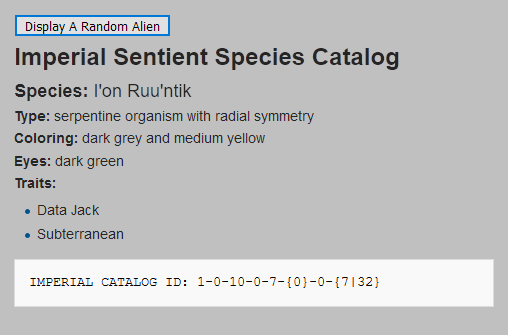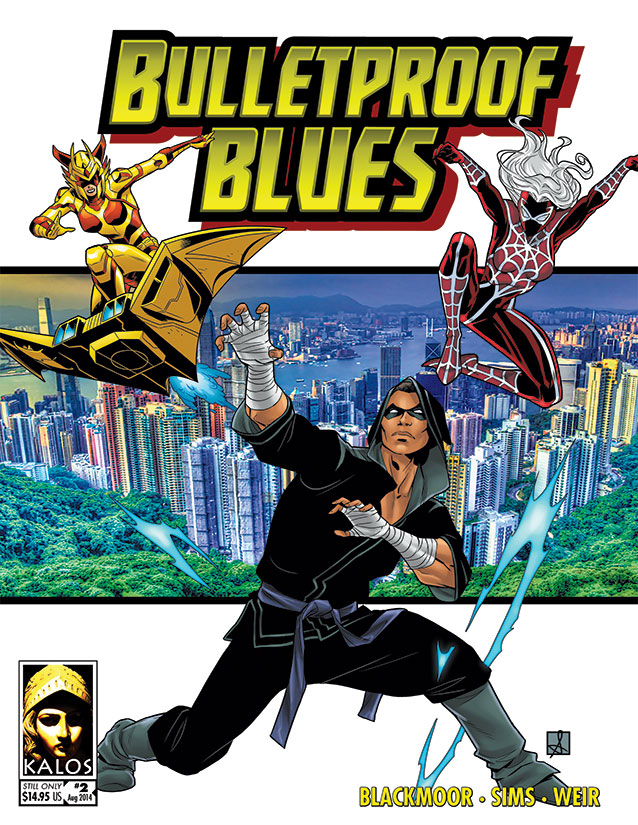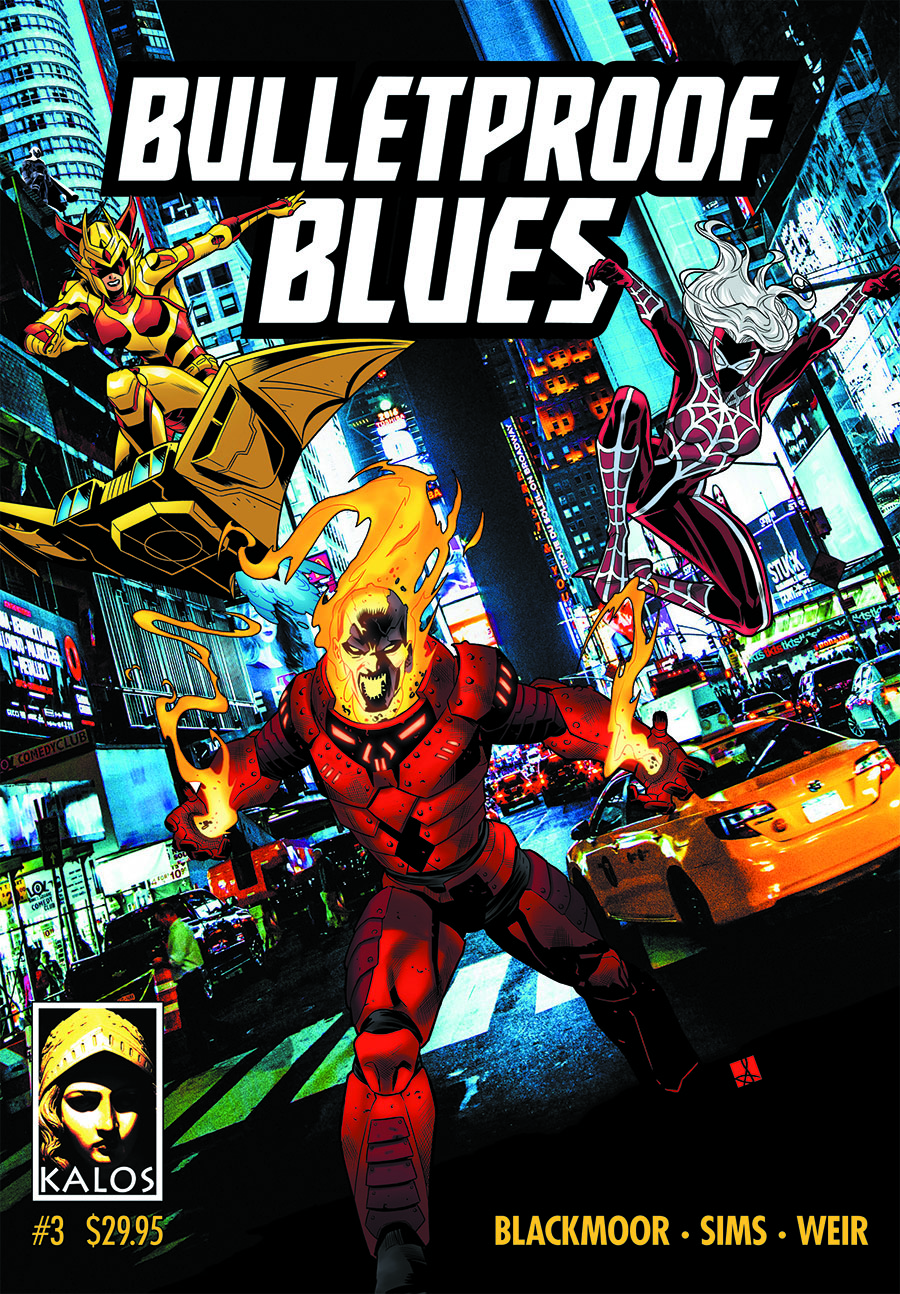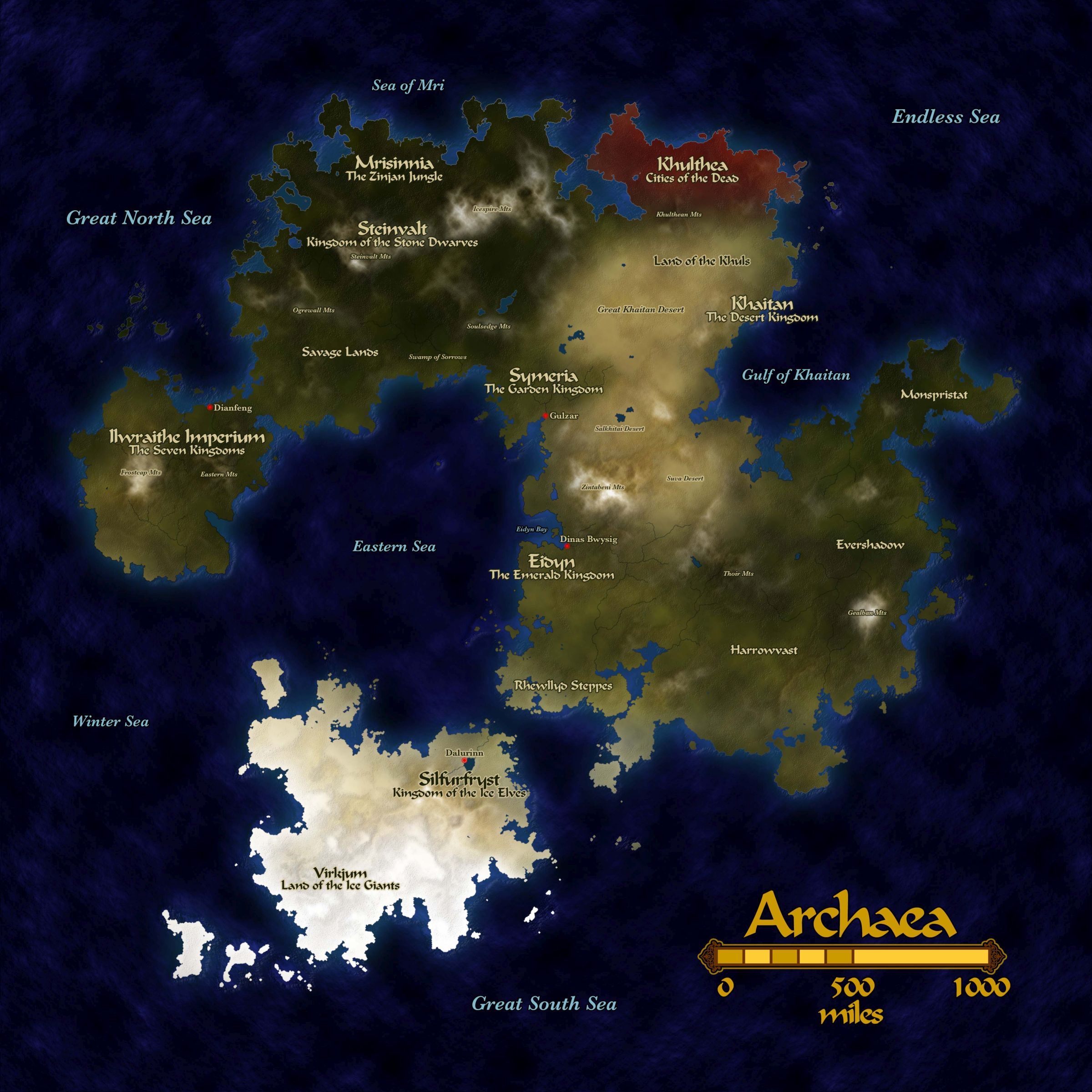Another snippet from ZeroSpace: Ectypes And Echoes…
Ectypes And Echoes
Ectypes and echoes are copies of an organic being’s consciousness. An ectype is a copy which has been reproduced in organic matter, typically (though not always) placed into a clone of the original person. An echo is a digital copy, typically (though not always) preserved in a virtual reality environment. Although the end result is different, the basic process involved in creating ectypes and echoes is similar: the original being’s brain is scanned, and the neurochemical snapshot is stored as data. The creation of this neurochemical snapshot is a painless process, but it is time consuming and prohibitively expensive. Despite the great cost, some particularly narcissistic individuals have used ectypes to achieve a type of serial immortality, creating copies of themselves to survive their own passing, and leaving their estates to an ectype of themselves in their wills.
In most of civilized space, the legal status of ectypes is the same as that of any other organic being: they may be treated as property on a given world, or not, in much the same way that any other organic being might. The status of echoes is somewhat more variable. On most worlds, echoes are treated similar to androids. The laws pertaining to the creation of ectypes and echoes typically follows the model of laws pertaining to the creation of sentient androids. On worlds where ectypes or echoes are granted the same rights as other sentient creatures, their creation is legally restricted or even prohibited altogether. On worlds where artificial life forms are treated as property, their creation is lightly regulated, if at all.






